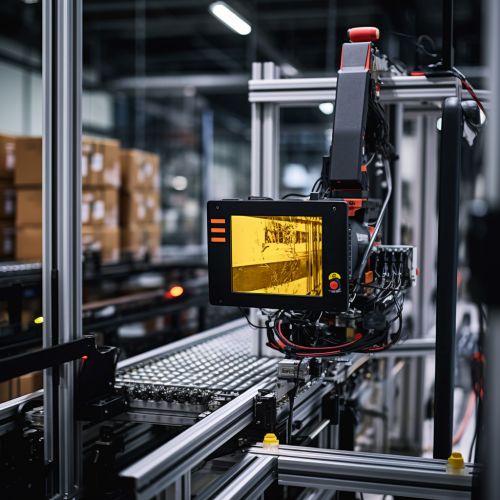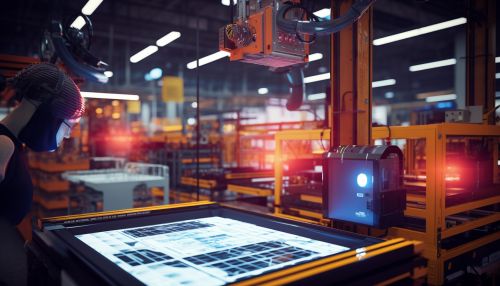The Role of Computer Vision in Industrial Inspection and Quality Control
Introduction
Computer vision, a subfield of artificial intelligence, plays a significant role in industrial inspection and quality control. It involves the use of algorithms and techniques to interpret and understand images, thereby enabling machines to identify, classify, and quantify objects. In the context of industrial inspection and quality control, computer vision systems are employed to detect defects, measure dimensions, and assess the quality of products in real-time, thereby ensuring the highest standards of quality and efficiency.


History and Evolution of Computer Vision in Industrial Inspection
The application of computer vision in industrial inspection and quality control has evolved significantly over the past few decades. In the 1980s, the use of computer vision in industry was primarily limited to simple tasks such as barcode reading and basic pattern recognition. However, with the advent of more sophisticated algorithms and the exponential increase in computational power, the capabilities of computer vision systems have expanded dramatically. Today, these systems are capable of performing complex tasks such as defect detection, dimensional measurement, and even predictive maintenance.
Principles of Computer Vision
Computer vision operates on the principle of emulating human vision using machine learning algorithms. It involves several stages, including image acquisition, pre-processing, feature extraction, detection/segmentation, high-level processing, and decision making. Each of these stages plays a crucial role in the overall functioning of a computer vision system.
Applications of Computer Vision in Industrial Inspection and Quality Control
Computer vision has a wide range of applications in industrial inspection and quality control. Some of the most prominent applications include:
Defect Detection
Computer vision systems are extensively used for defect detection in various industries. These systems can identify and classify defects in products, thereby ensuring that only high-quality products reach the market. For instance, in the electronics industry, computer vision systems can detect defects such as missing components, misaligned parts, and soldering errors on printed circuit boards (PCBs).
Dimensional Measurement
Computer vision systems can also measure the dimensions of objects with high precision. This is particularly useful in industries where products need to conform to specific dimensional standards. For example, in the automotive industry, computer vision systems can measure the dimensions of various car parts to ensure they meet the specified standards.
Predictive Maintenance
With the advent of advanced machine learning algorithms, computer vision systems can now predict potential failures in machinery and equipment. This is achieved by analyzing visual data over time and identifying patterns that may indicate a potential failure. Predictive maintenance can significantly reduce downtime and maintenance costs in industries.
Advantages and Limitations of Computer Vision in Industrial Inspection
While computer vision offers numerous advantages in industrial inspection and quality control, it also has certain limitations.
Advantages
Computer vision systems can operate continuously without fatigue, unlike human inspectors. They can also inspect products at a much faster rate, thereby increasing productivity. Additionally, computer vision systems can detect defects that may be too small or subtle for the human eye to detect.
Limitations
Despite their advantages, computer vision systems also have certain limitations. These systems require a significant amount of computational power and storage capacity. Furthermore, they may struggle to accurately identify defects in complex or poorly lit environments. Lastly, the effectiveness of a computer vision system largely depends on the quality of the algorithms used, which in turn depends on the quality and quantity of the training data.
Future Trends in Computer Vision for Industrial Inspection
The field of computer vision is continually evolving, with new technologies and techniques being developed regularly. Some of the future trends in this field include the use of deep learning for defect detection, the integration of computer vision with other technologies such as augmented reality (AR), and the development of more efficient algorithms for real-time processing.
